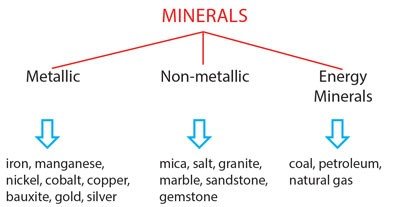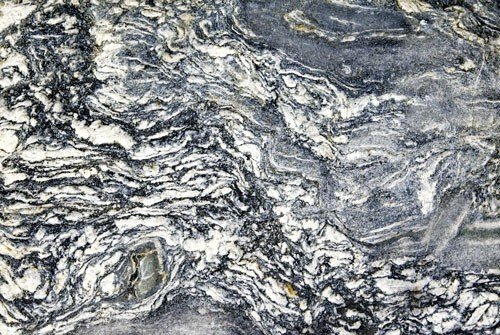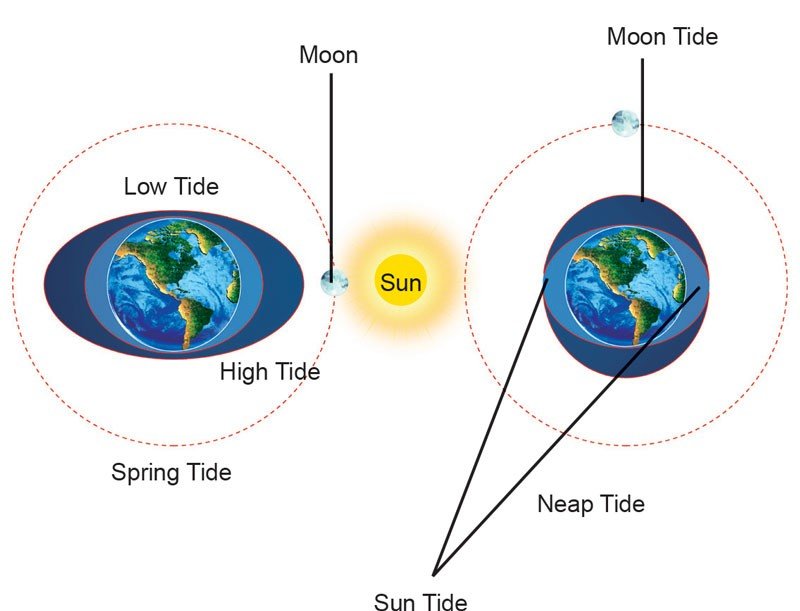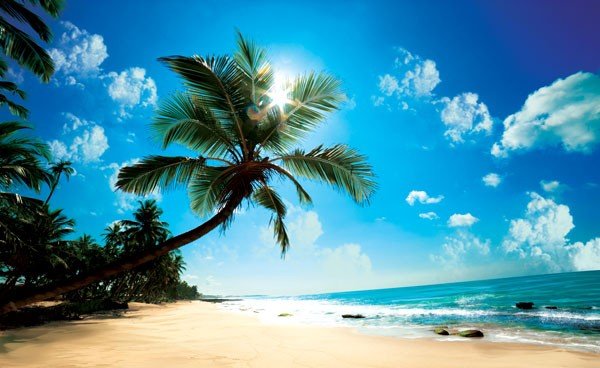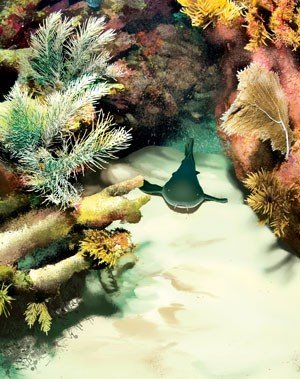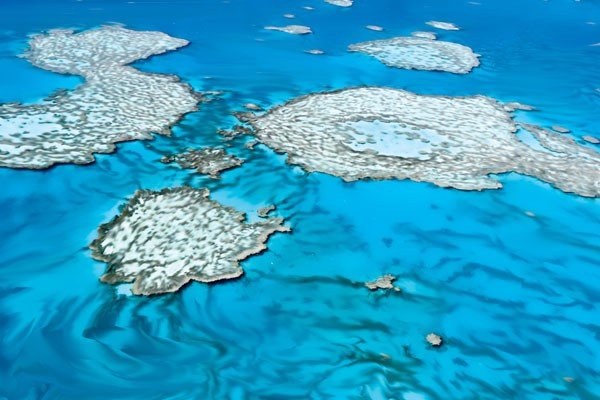Minerals
Minerals are naturally occurring substances formed by geological processes. They are found in the uppermost layer of the Earth’s crust. Some minerals are formed from molten magma, such as diamond, mica and feldspar. Some are found in places such as in rocks, in sand or in gravels. There exist more than 2800 different varieties of […]

 221 Facts About Earth tells children about Earth’s beautiful resources, lives, waterfalls, Hills and many interesting and exciting facts.🌎📚
221 Facts About Earth tells children about Earth’s beautiful resources, lives, waterfalls, Hills and many interesting and exciting facts.🌎📚